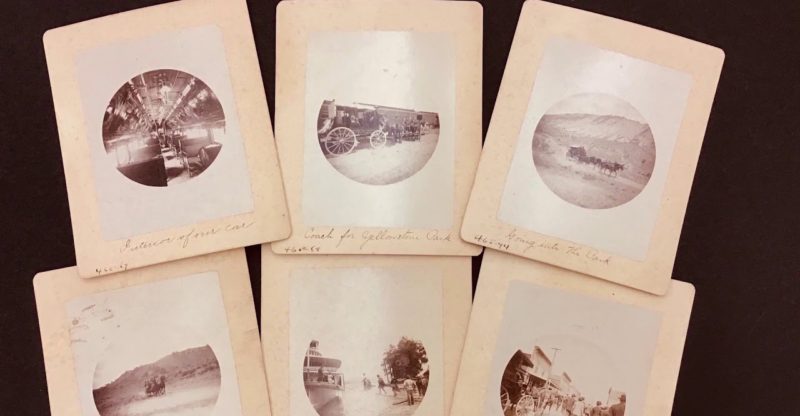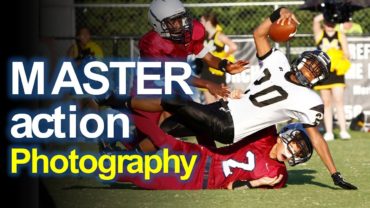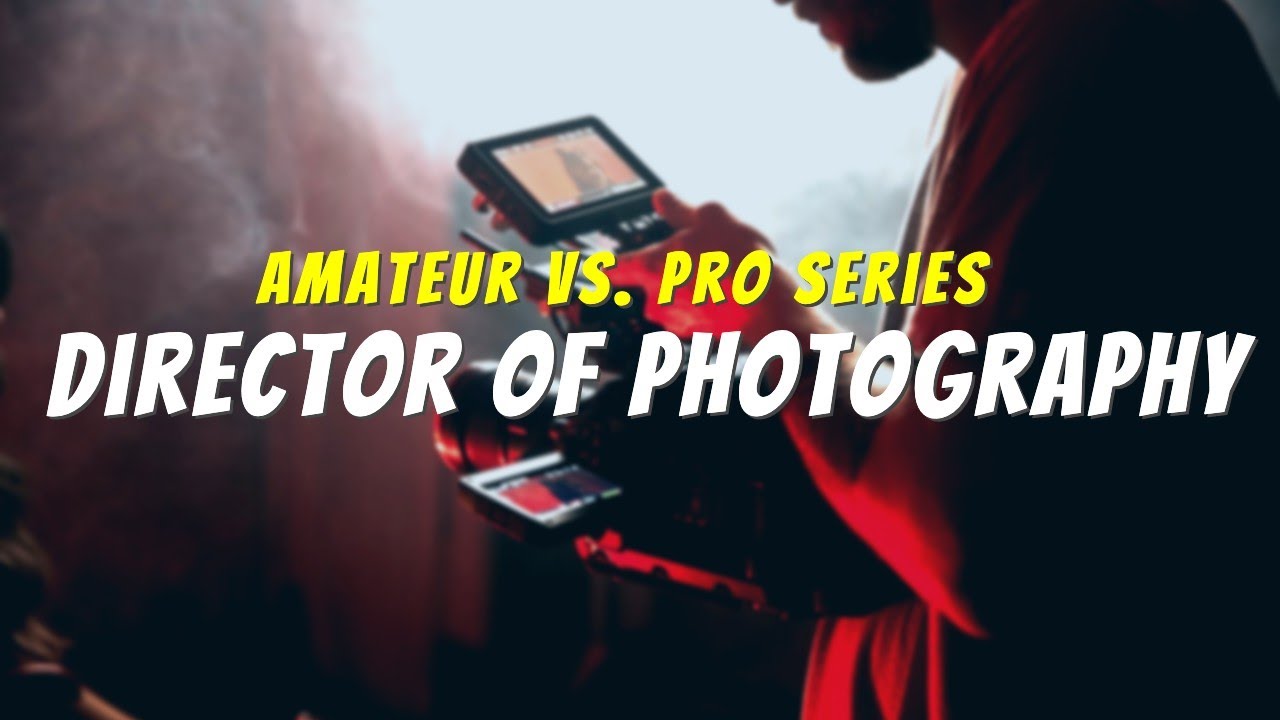25 for 25: Kodak No. 1 Vacation Photographs
hi there welcome to this episode of 25
for 25. this time around we're going to take a look at vacation snapshots from
the last decade of the 19th century these six photographs are going to tell us a story
about the birth of amateur photography about the opening of the western united states they're going
to tell us a story about the power of technology to open our world and expand our world so
let's take a trip together i hope you enjoy this group of photographs was
acquired for the collection in 2020 there are six photographs in all
and each is mounted to a board overall measuring three inches by six inches
the photographic image is distinctively circular other than the handwritten caption and number
on each presumably written by the photographer there is no other documentation of who made
the photographs when they were made or why the reverse side of each photograph bears the
logo of the eastman dry plate and film company of rochester new york we know that the camera
used to make these photographs is the kodak number one introduced in 1888 by the
eastman dry plate and film company the camera is a three and a quarter inch by
six and a half inch box covered in turkey morocco leather and weighing one pound and 10
ounces when purchased it arrived pre-loaded for 100 exposures and was made portable by
its handheld size and leather carrying case advertising for the new kodak number one camera
promised that anybody who can wind a watch can use the kodak camera the operation of
taking a picture was simply to point the camera and press a button and so was born the Kodak
logo you press the button and we do the rest and the rest included developing and printing the
photographs something previously known only to the professional photographer this advertisement
describes the division of labor in the new kodak system of photography after the 100 pictures
have been taken the strip of film may be removed and sent by mail to the factory to have the
pictures finished reloading the camera with a new spool of film costs two dollars the camera
could be purchased for twenty five dollars from those who could afford it
the amateur photographer emerged so simple was the process of making
photographs using the kodak system that the company encouraged camera owners to
allow even their children to take pictures kodak means photography with the bother left out
one hundred years later curator sarah greenough of the exhibition on the art of fixing a shadow
wrote with these inventions it was now possible for most middle class people not only to own
photographs of their friends and loved ones but also to own cameras for the first time
the general public did not simply have to receive second-hand visual information but
could create photographs for themselves the choice of what to photograph and how now in
the hands of anyone who could afford the camera altered photography as it was known
and introduced imagery not yet seen unsure what to photograph the eastman
company could help with that too a picturesque diary of your trip to europe to the
mountains or the seashore may be obtained without trouble with a kodak camera that will be
worth 100 times its cost in after years returning to our set of vacation snapshots
these few surviving from a 100 exposure role taken with the kodak number one camera show a
group of middle class travelers exploring the west in this case yellowstone national park
and the cascade basin in washington state yellowstone national park was established in
1872 early visitors to the park traveled to west yellowstone or gardner montana by
train on the northern pacific railroad in this snapshot our traveler has chosen to
photograph the interior of the train's passenger car the seats are upholstered with velvet and
from the ceiling of the car hang gas chandeliers on closer inspection two passengers are
faintly visible in the back of the car early visitors explored the park by stagecoach stagecoaches carried tourists through the park
from 1886 to 1917 the year automobiles were allowed into the park arriving at the railroad
station in montana our traveler has photographed the stagecoach run by the yellowstone national
park transportation company which is picking up tourists to transport them into the park we
can see the rail cars behind the stagecoach and the stage coach entering the park the sides of the
coach are open to maximize the view of the scenery the distance from the train depot and
gardener to the hotel in the park was 5 miles the coach seated 10 passengers
and a loop tour of the park took 5 days leslie quinn an interpretive specialist
with yellowstone national park lodges shared it must have been an utterly charming way
to see all of yellowstone at 10 miles an hour and it's amazing to think about
what a different time it was coming to see yellowstone then was for the
most part a very different experience than ours of today by 1890 it was possible to get
all the way to the pacific northwest by train the northern pacific's transcontinental
railroad to puget sound was completed in 1883. passengers could be picked up by steamboat
and tour seattle and the columbia river disembarking in seattle our traveler has decided
to photograph the group from behind as they exit the boat and explore the port of seattle seattle
can be seen painted above one of the buildings the last snapshot in our set
shows the group walking a plank from the shore to the steamboat
after a tour of the cascade mountains from these surviving six snapshots made with
the kodak number one we get a glimpse into the world of the kodaker who brought their vacation
home in a kodak for vacation days are kodak days you














